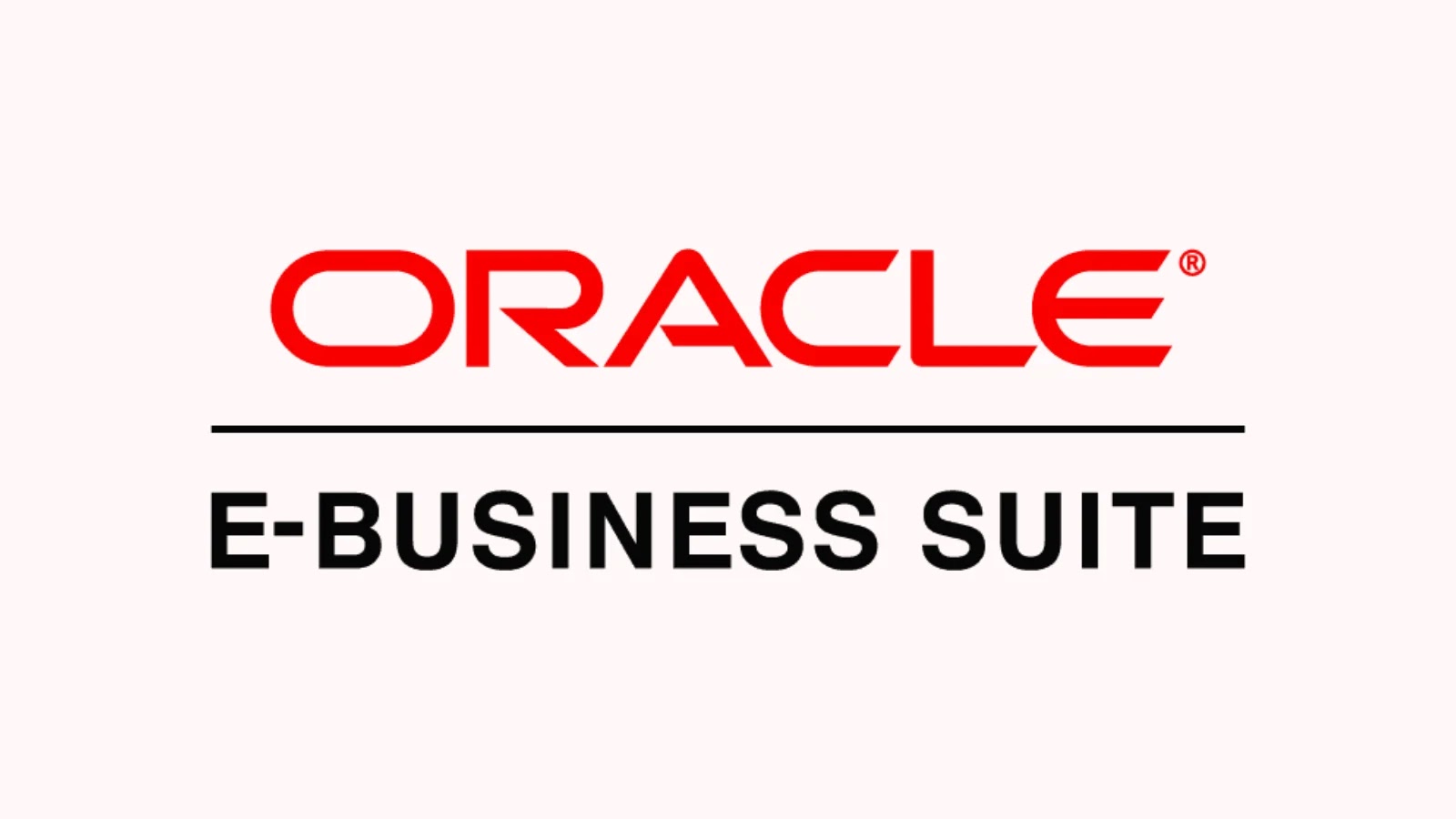
Cl0P Ransomware Group Allegedly Claims Breach of Entrust in Oracle 0-Day EBS Hack
The digital defense lines of a major security firm have been breached, sending ripples of concern through the cybersecurity community. The notorious Cl0P ransomware group has allegedly claimed responsibility for compromising Entrust, a company specializing in digital security and identity solutions. This high-profile attack reportedly leveraged a critical zero-day vulnerability within Oracle E-Business Suite (EBS), marking another significant win for Cl0P in their relentless targeting of enterprise software users.
This incident, specifically tied to CVE-2025-61882, underscores the persistent threat posed by sophisticated ransomware operators and the urgent need for robust vulnerability management and patch deployment strategies. The implications extend far beyond Entrust, potentially impacting numerous organizations relying on Oracle EBS for their critical business operations.
Cl0P’s Signature Attack: Oracle 0-Day Exploitation
The Cl0P ransomware group, known for its high-impact extortion schemes, has added Entrust to its list of alleged victims. Their modus operandi frequently involves exploiting critical vulnerabilities, particularly zero-days, to gain initial access to target networks. In this instance, the alleged breach of Entrust is attributed to a newly discovered flaw in Oracle E-Business Suite (EBS), identified as CVE-2025-61882.
Oracle E-Business Suite is a comprehensive suite of business applications, including enterprise resource planning (ERP), customer relationship management (CRM), and supply chain management (SCM). Its widespread adoption across various industries makes any vulnerability within EBS a high-value target for threat actors like Cl0P. A zero-day exploit means the vulnerability was previously unknown to Oracle and the public, leaving organizations with little to no time to patch before an attack.
Entrust: A Digital Security Giant Under Siege
Entrust is a well-established name in the digital security landscape, providing solutions for identity, payments, and data protection. Their offerings include strong authentication, identity verification, certificate management, and data encryption. The alleged breach of such a company raises significant concerns regarding the security of supply chains and the potential for wider impact, as Entrust’s services are relied upon by numerous other organizations.
While the full extent of the alleged breach and the nature of stolen data remain unconfirmed by Entrust at the time of reporting, Cl0P’s typical strategy involves exfiltrating vast amounts of sensitive information before encrypting systems and demanding a ransom. The group often threatens to publish stolen data on their dark web leak sites if their demands are not met, increasing pressure on victims to comply.
The Cl0P Ransomware Group and Its Modus Operandi
Cl0P has been a prominent player in the ransomware scene for several years, known for its focus on big game hunting and exploiting supply chain vulnerabilities. Their attacks often involve:
- Zero-Day Exploitation: Actively seeking and leveraging previously unknown vulnerabilities in widely used software.
- Data Exfiltration and Double Extortion: Stealing sensitive data before encryption and threatening to leak it if the ransom is not paid.
- Targeting Critical Infrastructure and Large Enterprises: Focusing on organizations with significant financial resources and high operational impact.
- Sophisticated Attack Chains: Employing advanced techniques for initial access, privilege escalation, lateral movement, and data exfiltration.
Previous high-profile attacks attributed to Cl0P include breaches involving Accellion FTA, SolarWinds Serv-U, and GoAnywhere MFT, all exploiting zero-day or N-day vulnerabilities in file transfer and data management solutions.
Remediation Actions for Oracle EBS Users
Given the alleged exploitation of CVE-2025-61882 in Oracle E-Business Suite, organizations using this software must take immediate and proactive measures to mitigate potential risks. While specific patch details for this new CVE may be forthcoming from Oracle, general best practices for securing EBS environments are crucial.
- Monitor Oracle Security Advisories: Keep a close watch on Oracle’s official security advisories and patch releases. Apply critical patches as soon as they become available.
- Vulnerability Management Program: Implement a robust vulnerability management program that includes regular scanning and penetration testing of your Oracle EBS environment.
- Network Segmentation: Isolate critical EBS components from other parts of the network to limit lateral movement in case of a breach.
- Strong Authentication and Access Control: Enforce multi-factor authentication (MFA) for all EBS users, especially administrators. Implement the principle of least privilege.
- Logging and Monitoring: Ensure comprehensive logging is enabled for all EBS activities and that these logs are regularly monitored for suspicious behavior. Integrate EBS logs with a Security Information and Event Management (SIEM) system.
- Web Application Firewall (WAF): Deploy a WAF in front of your Oracle EBS applications to detect and block common web-based attacks, including injection attempts and zero-day exploits.
- Endpoint Detection and Response (EDR): Utilize EDR solutions on all endpoints interacting with EBS to detect and respond to advanced threats.
- Data Backup and Recovery: Maintain immutable, offsite backups of all critical EBS data to ensure rapid recovery in the event of a ransomware attack.
- Incident Response Plan: Develop and regularly test a comprehensive incident response plan specifically for your Oracle EBS environment.
Detection and Mitigation Tools for Oracle EBS
Proactive security measures and the right tools are essential for defending against sophisticated threats targeting Oracle EBS. Below is a table outlining relevant tools for detection, scanning, and mitigation:
| Tool Name | Purpose | Link |
|---|---|---|
| Oracle Critical Patch Update (CPU) Advisories | Official source for security patches and advisories from Oracle. | https://www.oracle.com/security-alerts/ |
| Tenable Nessus | Vulnerability scanner for identifying known flaws and misconfigurations in network infrastructure, including Oracle environments. | https://www.tenable.com/products/nessus |
| Qualys VMDR | Cloud-based vulnerability management, detection, and response platform for continuous security. | https://www.qualys.com/apps/vmdr/ |
| Imperva WAF | Web Application Firewall to protect against web-based attacks on EBS applications. | https://www.imperva.com/products/web-application-firewall-waf/ |
| Splunk Enterprise Security | SIEM solution for collecting, analyzing, and correlating security logs from various sources, including EBS. | https://www.splunk.com/en_us/software/splunk-enterprise-security.html |
Key Takeaways: Hardening Your Defenses
The alleged breach of Entrust by Cl0P, exploiting an Oracle EBS zero-day, serves as a stark reminder of the escalating cyber threat landscape. Organizations must assume they are targets and prioritize cybersecurity investments accordingly. Proactive vulnerability management, prompt patching, strong authentication, robust network segmentation, and comprehensive monitoring are no longer optional but foundational for resilience.
The continuous evolution of ransomware tactics, particularly the focus on zero-day exploits and supply chain attacks, demands an adaptive and vigilant security posture. Staying informed about emerging threats and actively hardening critical enterprise applications like Oracle EBS will be paramount in safeguarding sensitive data and maintaining operational integrity.





